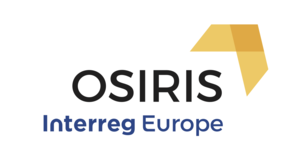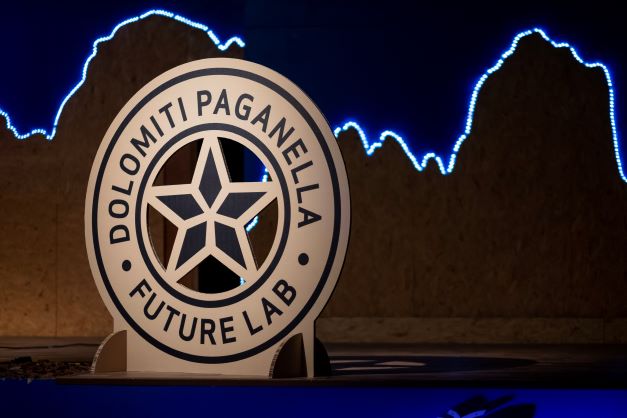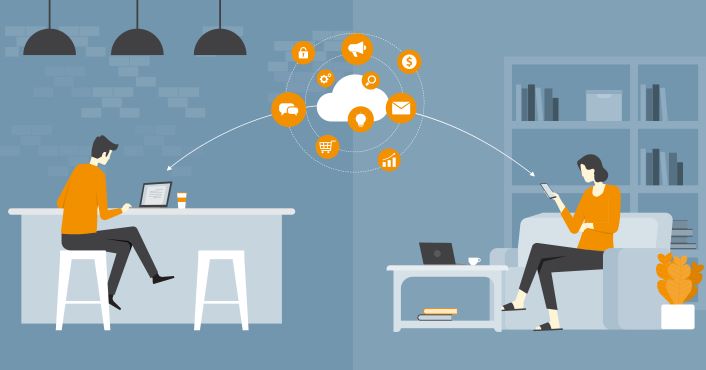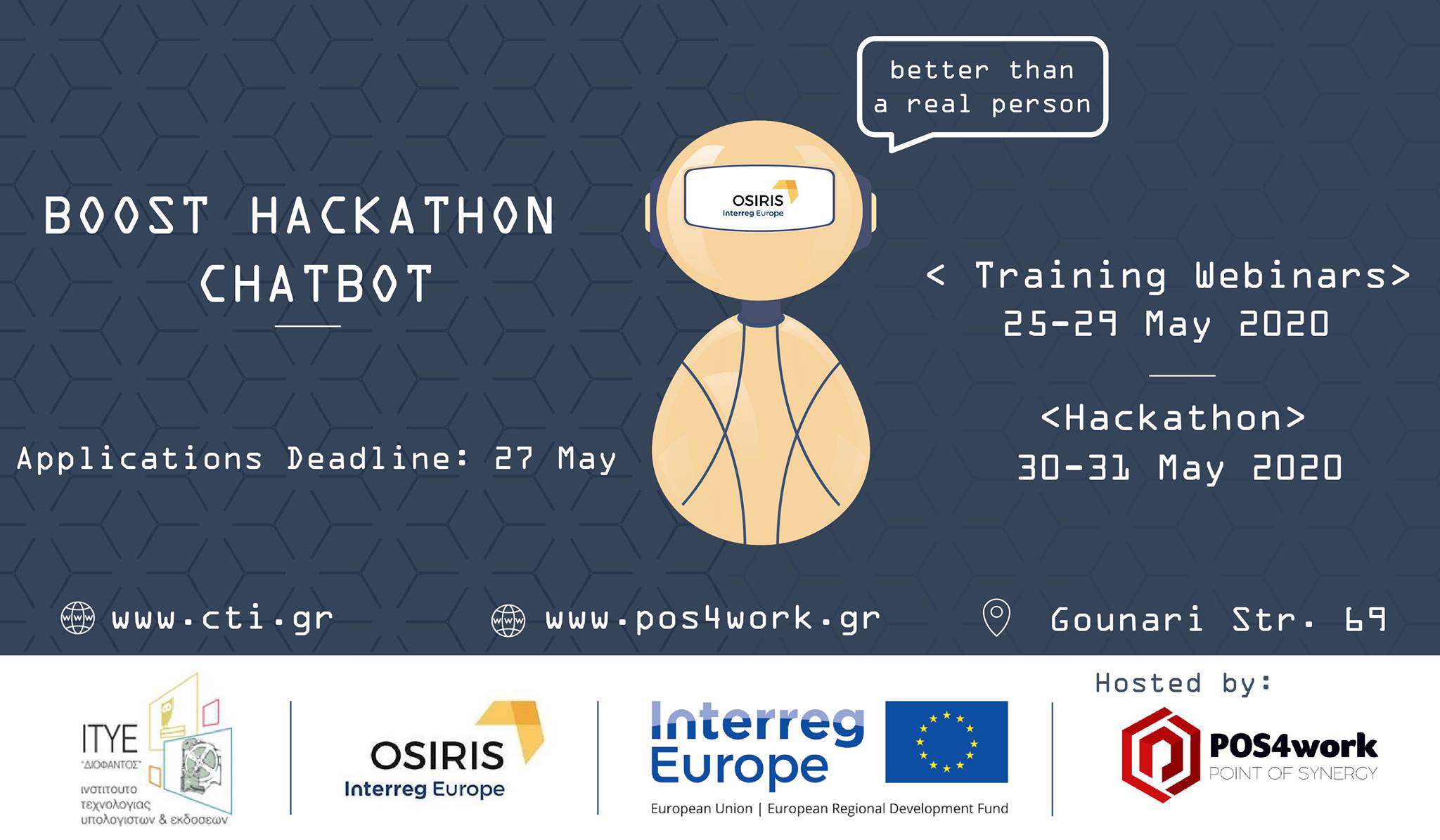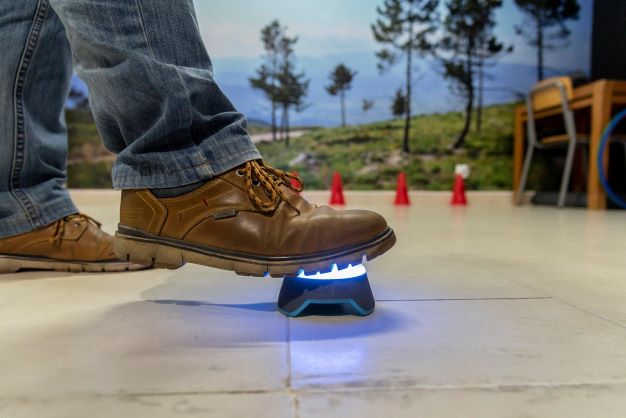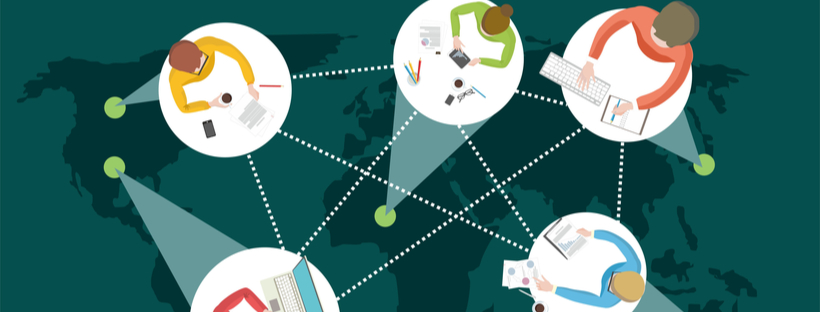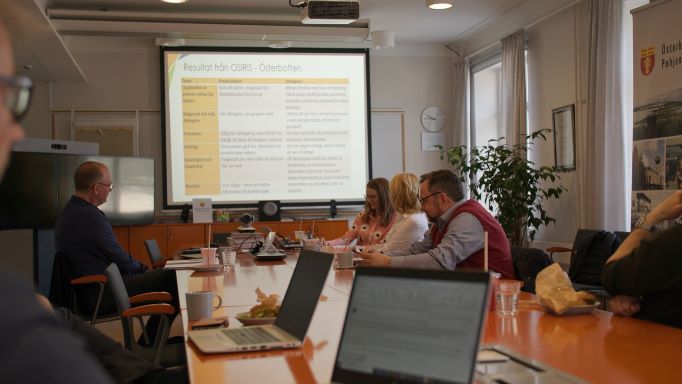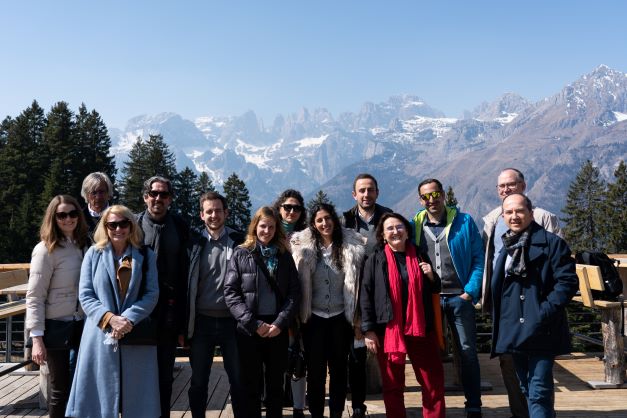Osiris project staff and stakeholders met in Trento, Italy, for an intense staff exchange on the use of open data for driving innovation and territorial growth.
The level of knowledge of the participants varied, hence the day started with a session on definitions and concepts of open data, followed by an overview of what the market looks like today and who the key actors are. In the morning we also had Emidio Stani of PwC Belgium with us via streaming from Brussels, talking about the challenges of the EU Digital Single Market where interoperability is key.
The participants highly appreciated the day. Mats Braskén from the region of Ostrobothnia in Finland explains:
- One important insight was the various possible applications of open data, both in business and for the individual citizen. As I am involved in a project with the aim of making better use of data to support decision making in business, insights into the efforts being made within the EU to make data freely available across borders, is of direct benefit.
The afternoon gave the participants more hands on examples on the use of open data in Italy as a whole and in the Trentino region. Giorgia Lodi from the governmental digital agency of Italy gave a talk on semantic standards and catalogues of open data followed by examples from the Trentino region. To give the participants food for thought for the coming days of the project meeting Maurizio Napoletano of Fondazione Bruno Kessler opened up the discussion on how to create new business from open data.
Leoni Katsidima from the Department of Environmental Issues and City Planning in the region of Western Greece sums up the experience of the staff exchange:
- The main thing I learned is that the aim of providing data, except for the access-use-share information, is to encourage making business, which in long terms has social impact! This demands cooperation between public sector and private companies (suppliers - users) and an action plan focused on the needs of the enterprises. By hearing experiences, procedures and strategies from other countries and public bodies while at the same time making comparisons with the way we work now, I managed to find good practices which I intend to transfer in order to help my department to improve.
